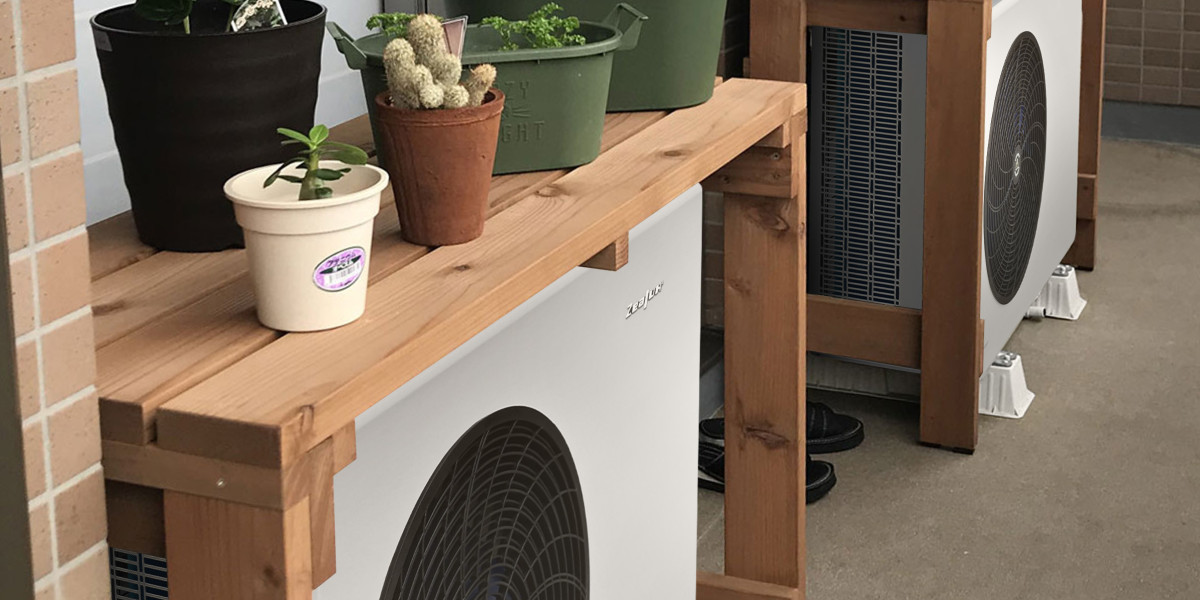As the winter chill sets in and the days grow shorter, many of us find solace in the warmth and coziness of our homes. However, the winter months can also bring a sense of longing for the greenery and vibrancy of outdoor gardens. The good news is that you can bring the outdoors inside by creating your own winter indoor garden. In this article, we'll explore the art of warming your home with greenery and provide a comprehensive winter indoor gardening primer to help you get started.
The Benefits of Winter Indoor Gardening
Winter indoor gardening offers a range of benefits beyond just aesthetics. It can help improve your mood, purify the air, and even provide fresh herbs or vegetables for your kitchen. Here are some compelling reasons to consider starting your own indoor garden this winter:
- Improved Air Quality: Indoor plants act as natural air purifiers, absorbing pollutants and releasing oxygen. This can be especially valuable during the winter months when windows are often closed.
- Enhanced Well-being: Numerous studies have shown that being surrounded by greenery can reduce stress, boost mood, and increase productivity. An indoor garden can act as a natural mood enhancer during the dark, winter days.
- Fresh Produce: If you're into cooking, you can cultivate herbs, microgreens, or even small vegetables like cherry tomatoes or peppers indoors. This not only provides fresh ingredients but also adds a touch of vibrancy to your kitchen.
- Reduced Energy Bills: Strategically placed indoor plants can help insulate your home by creating a barrier that reduces heat loss. This can contribute to lower heating costs during the winter.
- Aesthetic Appeal: Indoor gardens add beauty and a touch of nature to your living space. They can serve as focal points or blend seamlessly with your existing decor.
Choosing the Right Plants
When it comes to winter indoor gardening, the first step is selecting the right plants. Not all plants are suitable for indoor cultivation during the winter months, so it's important to choose those that thrive in low light conditions and are well-suited to the warmth of your home. Here are some excellent options:
- Pothos: Pothos is another low-maintenance plant that can tolerate low light. Its trailing vines make it an attractive addition to any space.
- Snake Plant (Sansevieria): This hardy plant is virtually indestructible and can thrive in low light. It's a great choice for beginners and is known for its air-purifying qualities.
- Spider Plant: Known for its air-purifying properties, the spider plant is a popular choice for indoor gardens. It can adapt to a variety of lighting conditions.
- Peace Lily: The peace lily thrives in low to moderate light and adds elegance with its white blooms. It's also excellent at purifying the air.
- Aloe Vera: Aloe vera is not only easy to care for but has multiple medicinal uses as well. It prefers bright, indirect light.
- Herbs: Culinary herbs like basil, rosemary, and mint can be grown indoors on windowsills or under grow lights. They provide fresh herbs for cooking and fill your home with delightful aromas.
- Succulents: Succulents, such as echeverias and jade plants, are excellent choices for indoor gardening. They require minimal water and can thrive in bright, indirect light.
Creating the Ideal Environment
Once you've selected your plants, it's essential to create the ideal environment for them to thrive. Here are some tips to ensure the success of your winter indoor garden:
- Lighting: While most indoor plants can adapt to low light conditions, they will still need some form of light. Place your plants near windows with filtered sunlight, or use artificial grow lights to supplement natural light.
- Temperature and Humidity: Maintain a stable temperature between 60-75°F (15-24°C) for most indoor plants. Also, keep an eye on humidity levels, as indoor heating systems, such as air source heat pumps, can dry the air. You can use a humidity tray or a humidifier to increase moisture in the air.
Now that you've gained insights into the temperature and humidity that contribute to successful winter indoor gardening, let's turn our attention to an innovative solution that can enhance both the comfort of your home and the vitality of your plants. Introducing the Zealux New Inverboost Heat Pump, a cutting-edge heating system that not only allows you to set the temperature to your preferred level but also maintains it at a constant and energy-efficient rate.
Zealux air to water heat pump manufacturer has taken a leap in redefining home heating and cooling with the Inverboost Heat Pump, designed to provide you with the perfect indoor environment for your green oasis. This all-in-one heating solution seamlessly integrates into your home, offering a myriad of benefits that will not only keep you comfortable but also save you money in the long run. Let's delve into some of the remarkable features that make the Zealux New Inverboost Heat Pump an ideal companion for your winter indoor garden. To fully grasp the benefits of this exceptional heat pump, consider seeking advice from a seasoned heat pump manufacturer who understands your unique needs.
- Watering: Overwatering is a common mistake in indoor gardening. Be sure to check the specific watering requirements for each of your plants, and allow the soil to dry slightly between waterings. Use pots with drainage holes to prevent waterlogging.
- Soil and Containers: Use well-draining potting soil, and choose containers with drainage holes to prevent root rot. Repot your plants as they grow to provide adequate space for their roots.
- Fertilization: During the growing season (spring and summer), fertilize your plants every 2-4 weeks with a balanced, water-soluble fertilizer. Reduce or eliminate fertilization during the winter when most plants go into dormancy.
- Pest Control: Keep an eye out for pests such as spider mites and aphids. If you notice any issues, address them promptly with natural or chemical treatments, depending on your preferences.
Designing Your Indoor Garden
Creating an aesthetically pleasing indoor garden is an art in itself. Here are some design tips to help you turn your indoor garden into a harmonious and visually appealing space:
- Choose Complementary Containers: Select pots and planters that match your interior decor. Consider different sizes, shapes, and materials, such as ceramic, terracotta, or decorative containers, to add variety to your garden.
- Grouping: Arrange your plants in clusters or groups to create a focal point. Grouping plants with varying heights and textures can add visual interest.
- Vertical Gardening: Utilize wall-mounted shelves, hanging planters, or trellises to make the most of your vertical space. This not only saves floor space but also adds a unique dimension to your indoor garden.
- Color Palette: Consider the colors of your plant leaves and flowers. Choose plants with foliage and blooms that complement or contrast with your existing color scheme.
- Personal Touch: Decorate your indoor garden with personal touches, such as decorative stones, fairy lights, or miniature garden gnomes. These elements can add whimsy and individuality to your garden.
air source heat pump manufacturers
Maintenance and Care
Maintaining your indoor garden during the winter months requires consistent care. Here's a basic care routine to follow:
- Regular Inspection: Check your plants for any signs of disease, pest infestations, or soil moisture levels. Address any issues promptly.
- Pruning: Prune and trim your plants as needed to encourage healthy growth and shape. Remove dead or yellowing leaves.
- Cleaning: Dust the leaves of your plants to ensure they can effectively photosynthesize. Wipe down leaves with a damp cloth or give your plants an occasional gentle shower.
- Repotting: As your plants grow, consider repotting them into larger containers with fresh soil. This helps prevent root-bound plants.
- Seasonal Adjustments: Be mindful of the changing seasons. Some plants may require less water and fertilizer during the winter, so adjust your care routine accordingly.
Conclusion
Indoor gardening during the winter is a rewarding and therapeutic pursuit. It brings life, color, and freshness to your home when the outside world appears cold and gray.




